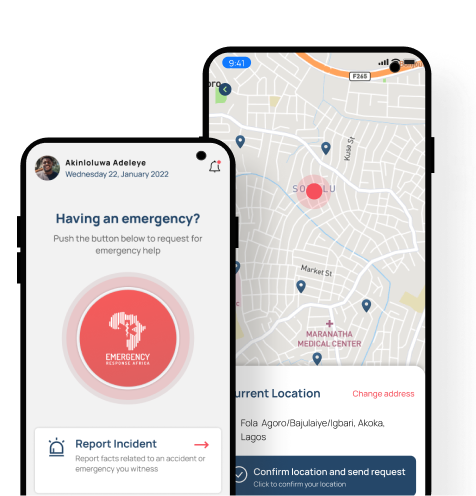No one steps onto the field thinking they’ll get hurt — but it happens, and so quickly.
One second you’re running at full speed; the next, you’re clutching your ankle or lying flat on the ground. In moments like this, knowing simple first aid can change everything. It can ease the pain, stop things from getting worse, and even help someone get back on their feet faster.
Whether you’re an athlete, parent, teacher, or coach, it’s smart to know what to do when accidents happen on the sports field or track.
In this article, we’ll discuss the must-know steps for handling common sports injuries, what to keep in your first aid kit, and how to know when to call for emergency help.
Why First Aid Matters in Sports
When a player goes down, what you do or don’t do in those first few minutes can shape how serious the injury becomes and how fast the person recovers. That’s why knowing the immediate care to give is just as important as knowing the rules of the game.
Here’s why first aid is so important:
- Reducing pain and swelling before it gets worse
- Preventing further damage to muscles, bones, or joints
- Lowering the risk of complications like infections or permanent injuries
- Keeping the athlete stable and calm until professional help arrives
- Speeding up recovery time so the player can safely get back in the game
- Buys critical time before professional help arrives
- Boosts team confidence and safety
9 Common Sports Injuries That Need Immediate First Aid
Some injuries are easy to brush off, but others need immediate attention to avoid serious problems. Here are the most common sports injuries where quick first aid can make a real difference:
1. Sprains, Strains, and Soft Tissue Injuries
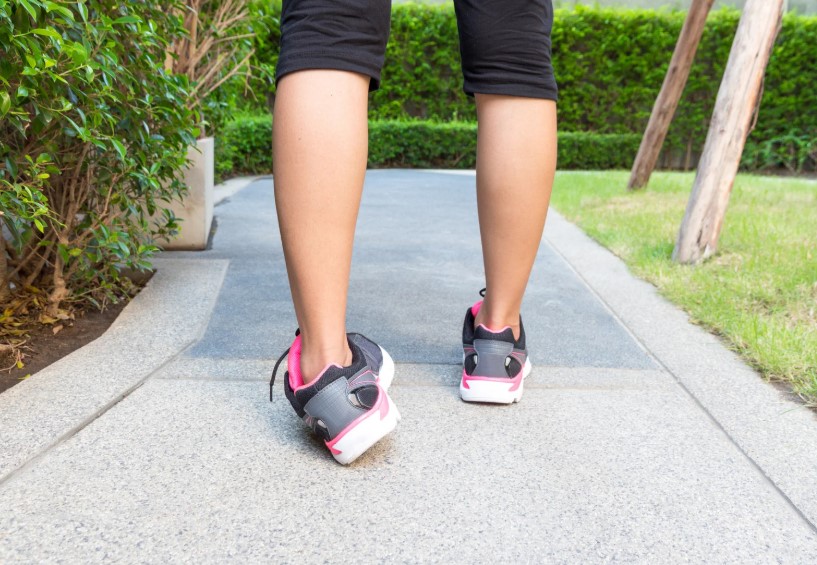
These injuries happen when ligaments, muscles, or tendons are stretched, torn, or damaged. They usually affect the ankles, wrists, knees, or shoulders. Signs include pain, swelling, bruising, and difficulty moving the joint or muscle.
2. Cuts and Abrasions
Hard contact with the ground, equipment, or other players can cause cuts, scrapes, or skin abrasions. Minor ones heal quickly, but deeper cuts need fast first aid to stop bleeding and prevent infection.
3. Nose Bleeds
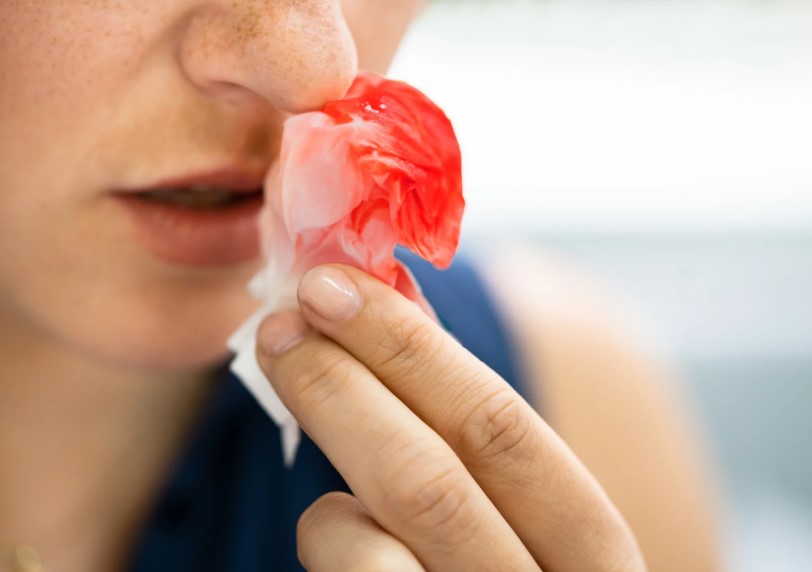
A blow to the face or even dry conditions can cause nose bleeds during sports. While most are minor, they need quick care to control bleeding and make sure there’s no deeper injury involved.
4. Dislodged Teeth
Contact sports sometimes lead to knocked-out or loose teeth. Quick action ideally within 30 minutes can sometimes save the tooth if it’s handled carefully and kept moist while heading to a dentist.
5. Knee Injuries
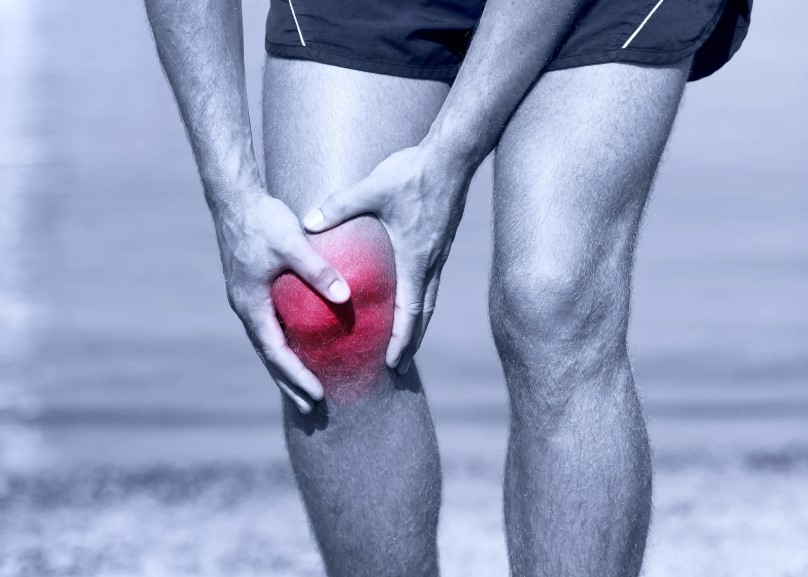
The knee takes a lot of impact in many sports. Twists, falls, or direct hits can cause ligament tears, dislocations, or fractures. Immediate first aid helps stabilize the knee and reduces the chance of further damage.
6. Rotator Cuff Injuries
Sports like swimming, tennis, and baseball put heavy stress on the shoulder. Rotator cuff injuries often cause sharp shoulder pain, weakness, and limited range of motion. Rest, ice, and early support are key first steps.
7. Dislocations
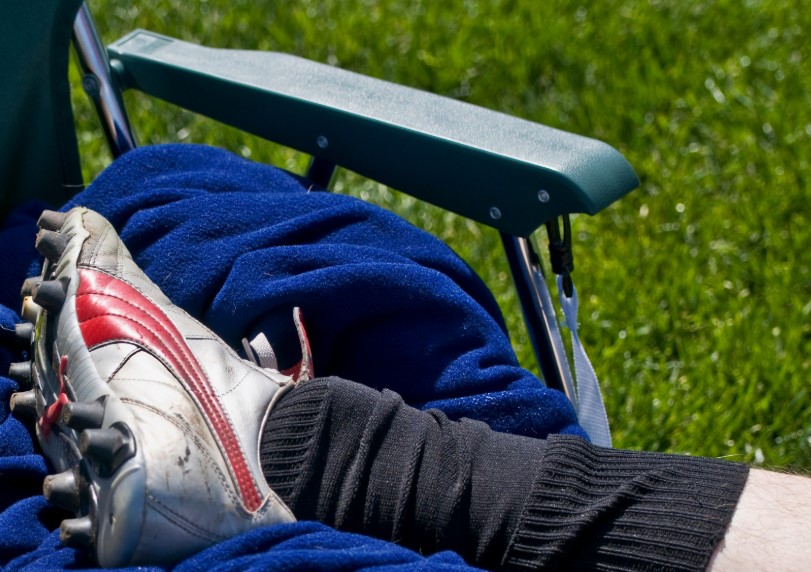
A dislocation happens when a bone pops out of its normal place at a joint — often the shoulder, finger, or knee. It’s extremely painful and needs immediate immobilization and professional care.
8. Fractures
Broken bones can result from hard falls, tackles, or awkward landings. Severe pain, swelling, bruising, and an inability to move the area are warning signs. Quick stabilization and urgent medical help are critical.
9. Chronic Injuries
Some injuries build up slowly over time from overuse, like stress fractures, tendonitis, or shin splints. While they may not seem urgent at first, ignoring them can turn a minor issue into a serious, long-term problem. Early first aid and rest are important for managing these injuries before they worsen.
First Aid Tips for Different Sports Injuries
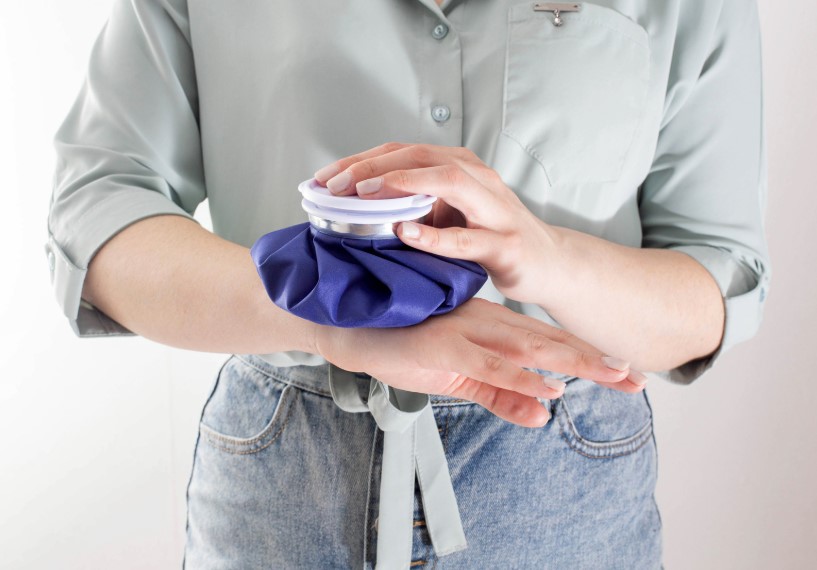
When injuries happen, you first need to spot the signs, then act quickly with the right care.
Here’s a simple table to guide you through it, what to look for, and exactly what to do next:
| Type of Injury | Common Signs and Symptoms | First Aid Steps |
| Sprains, Strains, and Soft Tissue Injuries | – Sudden pain around a joint or muscle
– Swelling, bruising, or tenderness – Difficulty moving the affected area |
– Apply the R.I.C.E. Method (Rest, Ice, Compression, Elevation)
– Rest the limb and avoid putting pressure on it. Stop all activity immediately. – Apply ice wrapped in a cloth for 15–20 minutes. – Use a compression bandage for support. – Elevate the injured area above heart level. |
| Cuts and Abrasions | – Bleeding
– Scrapes or torn skin – Pain or tenderness at the site |
– Apply firm, direct pressure to control bleeding.
– Clean the wound gently with clean water. – Cover with a sterile bandage. – Monitor for signs of infection. |
| Nose Bleeds | – Bleeding from one or both nostrils
– Blood dripping down throat or face |
– Sit the person down and lean them slightly forward.
– Pinch the soft part of the nose for 10 minutes. – Apply a cold compress on the bridge of the nose. – Avoid blowing the nose afterward. |
| Dislodged Teeth | – Missing tooth
– Bleeding from the gum – Pain at the injury site |
– Find and handle the tooth by the crown (top), not the root.
– Rinse the tooth gently in clean water. – Try to place it back in the socket, if possible. – If not, store it in milk or saliva and seek emergency dental care. |
| Concussions and Head Injuries | – Headache, dizziness, or confusion
– Nausea or vomiting – Blurred vision or drowsiness |
– Remove the player from activity immediately.
– Keep them resting and still. – Monitor closely for any worsening symptoms. – Seek urgent medical evaluation. |
| Knee Injuries | – Swelling or bruising
– Pain when bending or straightening – Instability or inability to put weight on the knee |
– Stop movement immediately.
– Apply ice and compression. – Elevate the knee. – Seek medical evaluation if pain or swelling persists. |
| Rotator Cuff Injuries | – Shoulder pain, especially when lifting
– Weakness in the arm – Limited range of shoulder movement |
– Stop any overhead or shoulder activity.
– Apply ice to the shoulder. – Immobilize the arm in a comfortable position. – Seek medical advice for assessment. |
| Dislocations | – Deformed or out-of-place joint
– Severe pain and swelling – Inability to move the joint |
– Do not attempt to realign the joint.
– Immobilize with a sling or splint. – Apply ice gently. – Seek immediate medical help. |
| Fractures | – Severe pain and swelling
– Obvious deformity or broken skin – Inability to move or use the limb |
– Keep the injured part still.
– Support with a splint if trained. – Apply ice without pressure. – Call emergency services immediately. |
| Muscle Cramps | – Sharp muscle pain
– Hard, tight muscle – Difficulty moving the affected area |
– Gently stretch and massage the muscle.
– Encourage small sips of water or a sports drink. – Apply warmth to loosen tightness. – Rest until pain eases. |
| Heat Exhaustion and Dehydration | – Heavy sweating, weakness, or fainting
– Dry mouth, headache, dizziness |
– Move the person to a cooler place.
– Remove extra clothing. – Give small amounts of water or electrolyte drink. – Apply cool clothes to the skin. – Seek medical help if symptoms worsen. |
| Chronic Injuries | – Persistent pain during or after activity
– Swelling that doesn’t go away – Loss of strength or flexibility over time |
– Rest and avoid the aggravating activity.
– Apply ice after activity to manage inflammation. – Seek professional help for long-term treatment. |
First Aid Kit Essentials for Sports Teams and Athletes
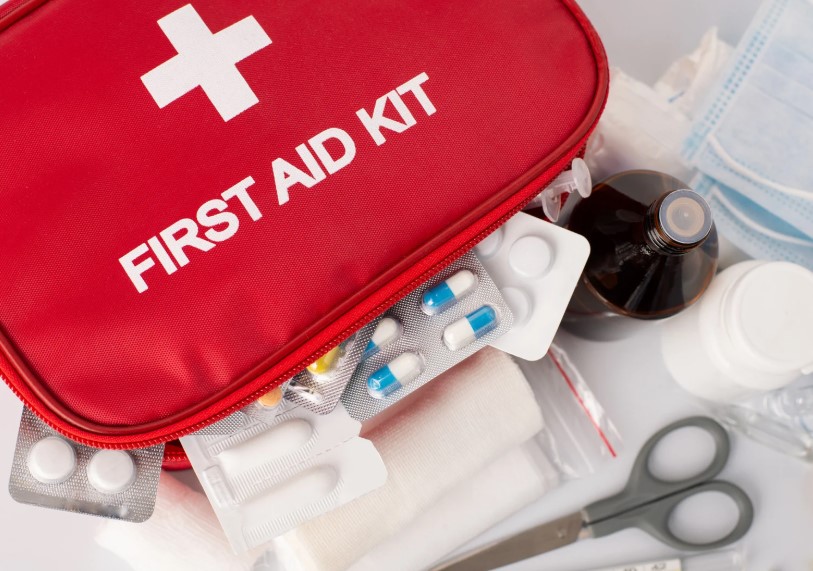
Every team, coach, and athlete needs a well-stocked first-aid kit within reach. It ensures you can treat minor injuries immediately and provide critical support for serious ones until emergency help arrives.
Below are the essential items every sports first aid kit should have:
- Adhesive bandages (various sizes) for small cuts and blisters
- Sterile gauze pads and medical tape for covering larger wounds
- Elastic bandages (like ACE wraps) for sprains and joint support
- Cold packs (instant-use) for reducing swelling and bruising
- Antiseptic wipes for cleaning wounds before dressing
- Scissors and tweezers for cutting tape or removing debris
- Disposable gloves to protect both the caregiver and the injured person
- Mouth guard or CPR mask in case of breathing emergencies
- Splints (small and medium size) for immobilizing fractures and dislocations
- Burn cream or gel for minor burns and abrasions
- Eye wash solution for clearing out dust or debris
- Thermal blanket for treating shock or sudden cold exposure
- Oral rehydration salts or electrolyte packets for dehydration
- Emergency contact sheet listing nearest hospitals and ambulance numbers
Practical Tips for Coaches and Players to Reduce Injury Risks
Preventing injuries is just as important as knowing how to treat them. While not every injury can be avoided, smart habits go a long way in keeping players safer, healthier, and in the game longer. Every coach and player should make injury prevention a daily priority by following these practical tips:
- Always start with a proper warm-up before games and practice.
- Focus on stretching, mobility drills, and light cardio to prepare muscles and joints.
- Wear properly fitted helmets, pads, braces, and sport-specific footwear.
- Regularly inspect and replace damaged or worn-out equipment.
- Encourage players to speak up early about pain, discomfort, or fatigue.
- Teach correct techniques for jumping, landing, tackling, or falling safely.
- Create a team culture that values safety and smart play over taking risky chances.
- Make hydration and cooling breaks a normal part of long games or hot weather practices.
- Set realistic training schedules to avoid overtraining and burnout.
- Make sure coaches, staff, and even players receive basic first-aid training.
Should You Seek Emergency Medical Help After Sports Injuries?
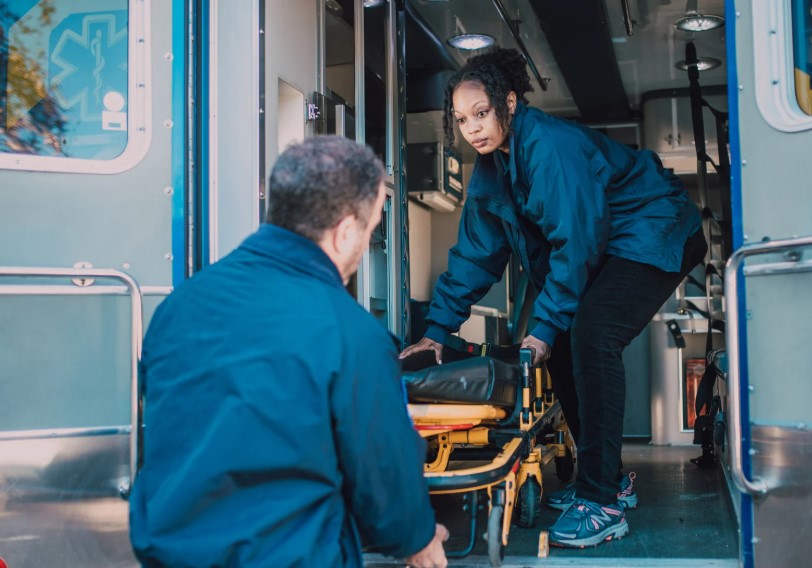
First aid can help in an emergency, but it’s no substitute for professional medical care. Knowing when to call an ambulance is just as critical as giving first aid. Here are clear signs it’s time to seek emergency medical help:
- Severe pain that doesn’t improve after initial first aid.
- Obvious deformity like a bone sticking out or a joint out of place.
- Inability to move the injured area or bear any weight on it.
- Heavy bleeding that doesn’t stop with direct pressure.
- Signs of a concussion, such as confusion, vomiting, memory loss, or unconsciousness.
- Numbness or tingling in the injured area.
- Shortness of breath, chest pain, or fainting after an injury.
- Swelling that rapidly increases, especially around a joint or limb.
Final Thoughts
Sports injuries are part of the game, but being prepared can change everything.
When you know how to spot trouble early and step in with the right first aid, you give athletes the best shot at a full, strong recovery. You also show them and everyone watching that safety always comes first.
Keep your first aid skills sharp. Keep your kit stocked and nearby. And most of all, stay calm when things go wrong. A cool head and quick action can turn scary moments into strong comebacks, both on and off the field.
Because at the end of the day, it’s not just about playing hard. It’s about playing smart, playing safe, and helping each other stay in the game.
Need extra support for your team’s safety? Contact us at contact@emergencyresponseafrica.com today to learn how Emergency Response Africa (ERA) can help you build a stronger, safer team.
Frequently Asked Questions on First Aid for Sports Injuries
What Is the First Thing to Do When a Player Gets Injured During a Game?
Stay calm and stop all activity. Quickly assess the injury without moving the person too much. Apply basic first aid like the R.I.C.E. method (Rest, Ice, Compression, Elevation) if needed, and seek medical help if the injury seems serious.
How Long Should You Apply Ice to a Sports Injury?
Apply ice wrapped in a cloth for about 15 to 20 minutes at a time. Always allow the skin to warm up between icing sessions to prevent frostbite or skin damage.
When Should You Not Move an Injured Athlete?
If you suspect a head, neck, back, or spinal injury, do not move the athlete unless they are in immediate danger (such as lying on a busy field). Moving them could cause more harm. Instead, stabilize their position and call for emergency services right away.
What Items Should Always Be in a Sports First Aid Kit?
A good kit should include adhesive bandages, gauze pads, cold packs, elastic wraps, antiseptic wipes, scissors, gloves, splints, a CPR mask, oral rehydration salts, and a list of emergency contacts.
Can Players Return to the Game After Sports Injuries?
Only if they can move comfortably without pain, swelling, or instability and after a quick check. When in doubt, it’s better to rest and recover fully than risk turning a small injury into something bigger.


